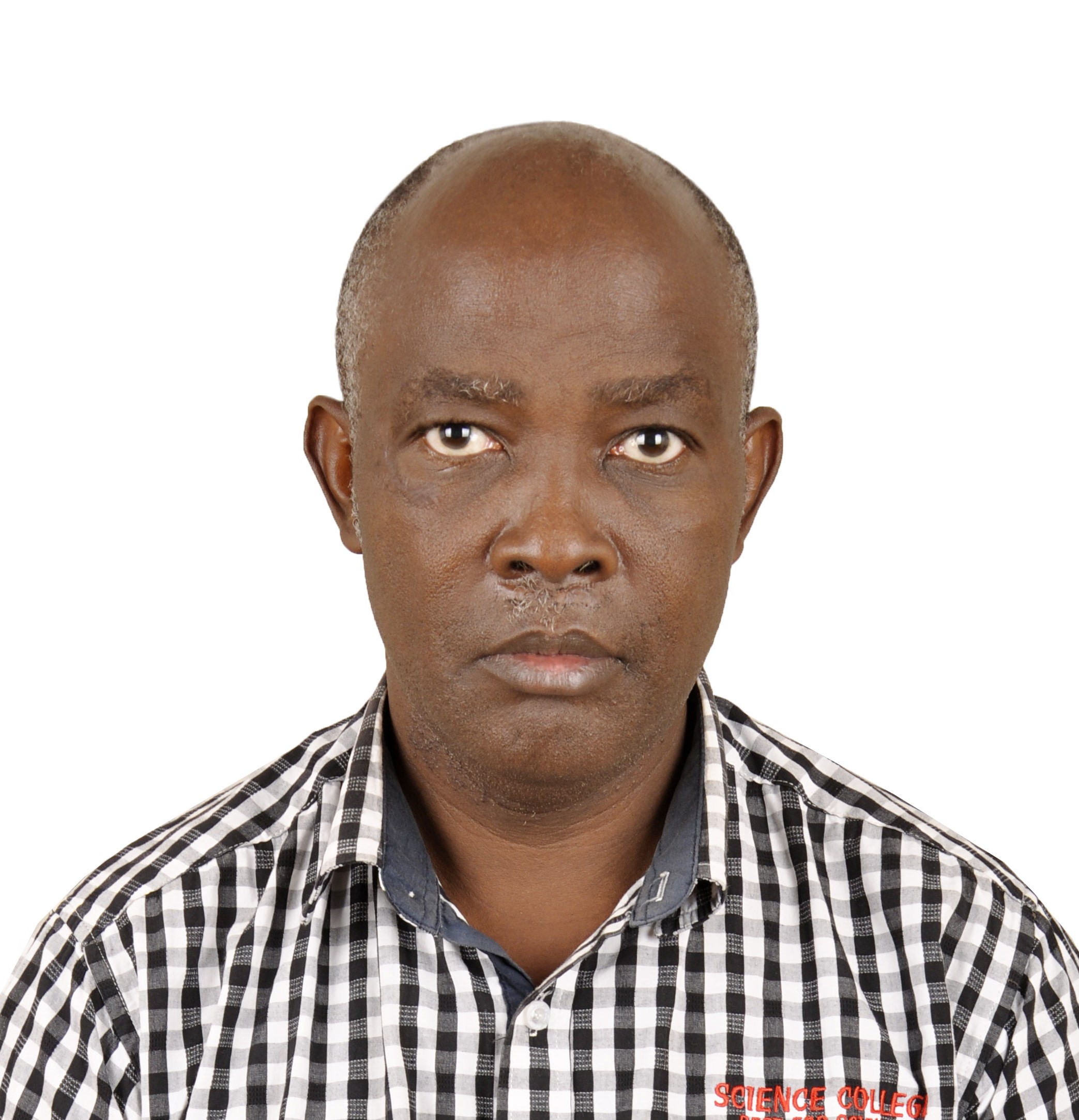
Process of protein synthesis

Process of protein synthesis
(i) Protein synthesis occurs in the cells of living organism controlled by DNA which reside in the nucleus
(ii) In the nucleus, DNA unwinds to form two separate DNA strands of which one acts as a template for synthesis of mRNA strand in the process called transcription.
(iii) mRNA molecule leaves the nucleus through nuclear pores to the cytoplasm where it attaches to ribosome which consists of rRNA and proteins on the rough endoplasmic reticulum.
- First, the mRNA attaches to the ribosome.
- The amino acids are then activated and attached to their specific tRNA molecules in a reaction catalyzed by the enzymes aminoacyl –RNA synthetase.
- The first mRNA codon then binds the tRNA molecule having the complementary anticodon and carrying the first amino acid (usually methionine)
- The second mRNA codon then also binds the second tRNA molecules bearing the complementary anticodon and carrying a specific amino acid.
- The ribosome holds the mRNA, tRNA and associated enzymes controlling the process until a peptide bond forms between adjacent amino acids.
- Once the new amino acid has added to the growing polypeptide chain, the ribosome moves one codon along the mRNA.
- The tRNA previously attached to the polypeptide chain leaves the ribosome and returns to the RNA pool in the cytoplasm. Another tRNA molecule binds to the new codon.
- This process continues until the ribosome comes to a terminating codon (no sense codon), signaling ‘stop’
- At this point, the polypeptide chain detaches from the ribosome and is released into the cytoplasm.
- The necessary energy for the synthesis of the polypeptide chain comes from ATP.
Please Subscribe to promote this website. Subscription is free
Share with a friend
Thank you so much
CATEGORIES Bio Questions and answers
TAGS Dr. Bbosa Science

Hello. impressive job. I did not imagine this. This is a impressive story. Thanks!